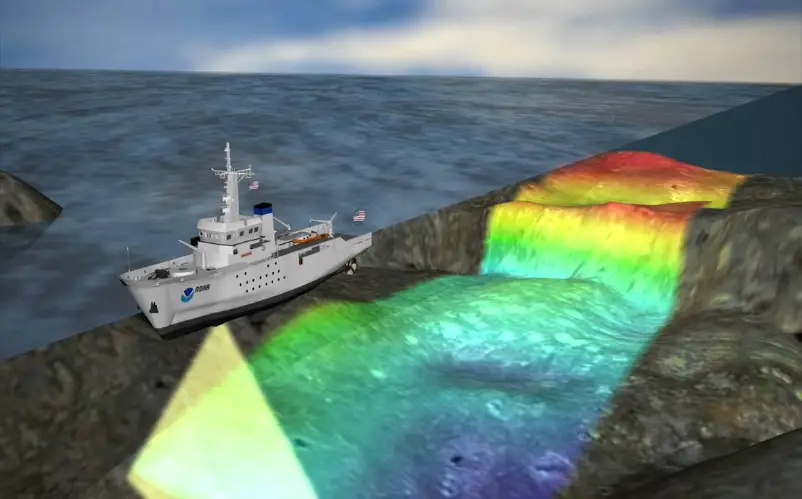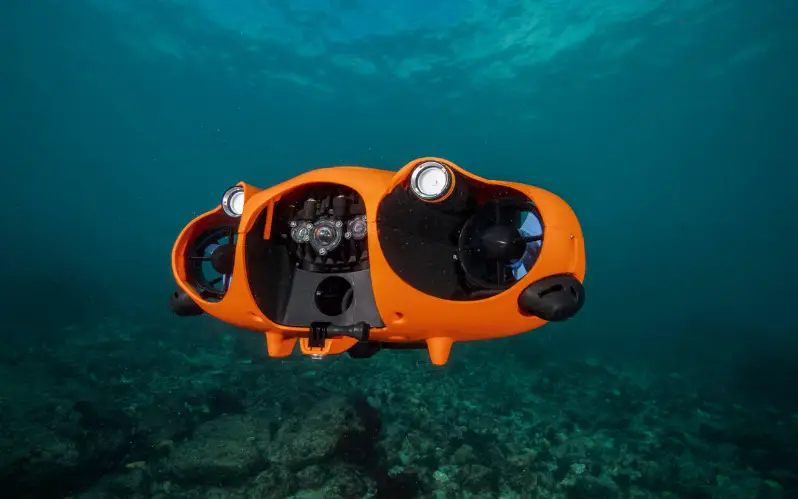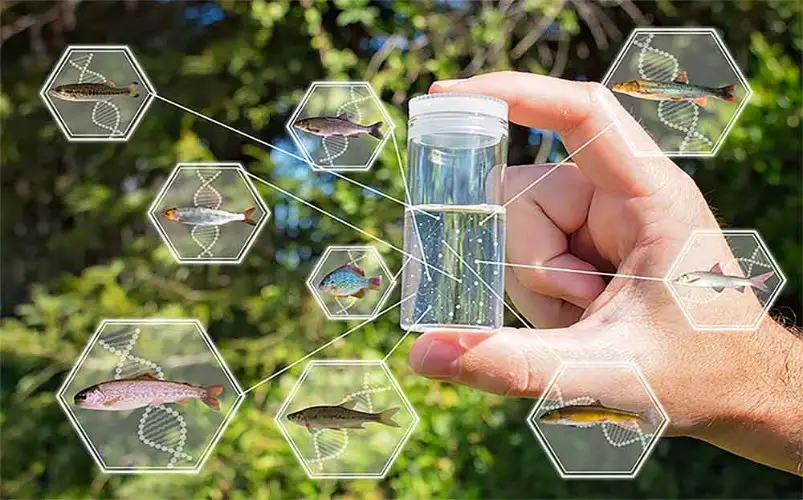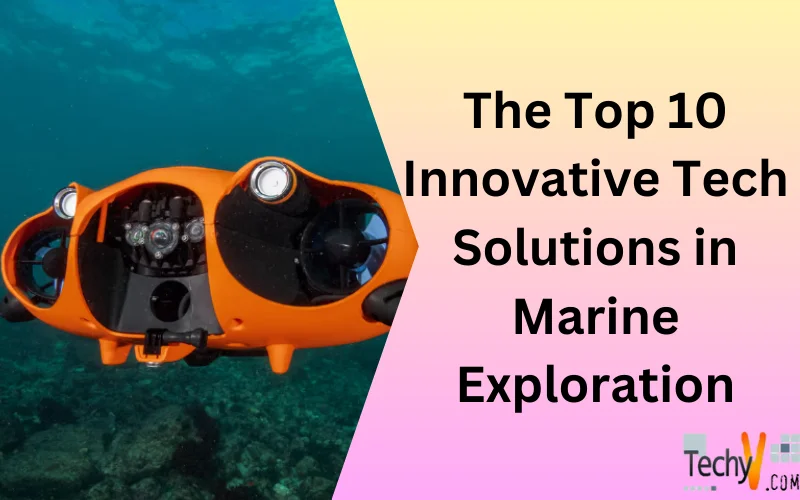Due to the numerous secrets and undiscovered riches they contain, the unexplored depths of the world’s seas have captivated people for ages. Many of these mysteries have been revealed thanks to technological development, revolutionizing maritime exploration. This article will examine the top 10 cutting-edge technology innovations revolutionizing ocean exploration. Modern imaging systems and autonomous underwater vehicles are only two examples of the technology that have opened the path for ground-breaking research and environmentally friendly maritime development.
1. Autonomous Underwater Vehicles (AUVs)
Sometimes referred to as AUVs, have revolutionized marine exploration. With various sensors and cameras, these cutting-edge autonomous vehicles can travel through the ocean’s depths on their own. Our understanding of marine ecosystems is being increased by the capacity of AUVs to capture high-resolution data on marine life, underwater topography, and geological formations. Through environmental surveys, AUVs are incredibly useful for mapping and testing distant and nearly uncharted places. Since they can function in challenging conditions for extended periods, they are ideally suited for data collecting where human interaction is minimal.

2. Remotely Operated Vehicles (ROVs)
One of the instrumental technologies in marine exploration is Remotely Operated Vehicles (rovs), which are tethered robotic systems controlled remotely by operators who rely on them for gathering real-time data through onboard cameras and sensors. ROVs’ unique design enables the survival of crushing depths beyond human capability resulting from their extreme pressure tolerance levels. Marine researchers frequently use ROVs when conducting deep-sea research or locating historical wrecks from crises long gone.

3. Multibeam Sonar Systems
Multibeam Sonar Systems indicate state-of-the-art acoustic tools used solely for mapping the ocean floor accurately. Multiple sonar beams emitted simultaneously help construct precise 3D maps relying on returning sound waves’ travel time measurements. With enhanced precision in generating imagery like never before seen through marine cartography, submerged volcanic rocks to large underwater formations as previously unknown structures continue getting discovered.

4. Synthetic Aperture Sonar (SAS)
Synthetic Aperture Sonar (sas) is undoubtedly a collaboration between high-tech machines and leading technologists that bring exceptional imaging capabilities every researcher craves while analyzing complicated underwater phenomena.

5. Underwater Drones
Unmanned surface vehicles (USVs), commonly referred to as underwater drones, are remotely controlled or autonomous craft intended for use on or below the water’s surface. These small mobile devices can collect data and photos from underwater settings since they are equipped with a variety of sensors, cameras, and sampling tools. Drones that operate underwater have found use in search and rescue missions, ecological monitoring, and marine research. They offer greater flexibility in reaching remote sites and are more affordable than bigger research vessels.

6. Gliders And Floats
Autonomous gliders and floats are utilized to gather oceanographic data over long periods. These buoyancy-driven machines have sensors that can continuously detect temperature, salinity, currents, and other variables while they dive and surface. Particularly useful for tracking and researching oceanic phenomena are gliders and floats.

7. Environmental Dna (EDNA) Analysis
Analysis of environmental DNA (eDNA) has become a potent technique for researching marine ecosystems. This method identifies the species that live in a certain location by collecting and analyzing DNA fragments found in the water. Researchers can identify the existence of marine creatures, even ones that are uncommon or secretive, by gathering water samples and analyzing eDNA.

8. Systems For Deep-sea Imaging
Our capacity to investigate the secrets of the abyssal depths has been revolutionized by deep-sea imaging equipment like towed cameras and remotely controlled camera systems. These imaging devices, which are outfitted with bright lighting and high-resolution cameras, provide breathtaking images of deep-sea ecosystems and creatures. Researchers can now examine deep-sea ecosystems in unprecedented depth because of the discovery of previously undiscovered marine species.

9. Underwater 3D Printing
With the use of cutting-edge technology, researchers can now construct items and buildings underwater using 3D printing. The capacity to fabricate specialized instruments, equipment, and even habitat modules on-site offers enormous possibilities for maritime research. Marine expeditions become more effective and flexible thanks to underwater 3D printing, which eliminates the need for expensive and time-consuming surface procedures.

10. Advanced Analytics And Artificial Intelligence (AI)
Advanced Analytics And Artificial Intelligence (ai) approaches are needed for efficient analysis and interpretation of the huge quantity of data gathered during maritime exploration. AI algorithms are capable of processing and analyzing large datasets, finding patterns, making predictions, and learning important information about marine ecosystems. The discipline of maritime exploration is changing as a result of data analytics and AI improving our understanding of climate change.


















